The Enigma of Kidson is a quintessentially Etonian book: narcissistic, complacent, a bit silly and ultimately beguiling.
It is the story of Michael George MacDonald Kidson (MGMK, as he was known), who taught history at Eton from 1965 to 1994 and was an influential tutor to hundreds of boys, often the wayward and the damaged.
Already a subscriber? Log in
Subscribe for just $2 a week
Try a month of The Spectator Australia absolutely free and without commitment. Not only that but – if you choose to continue – you’ll pay just $2 a week for your first year.
- Unlimited access to spectator.com.au and app
- The weekly edition on the Spectator Australia app
- Spectator podcasts and newsletters
- Full access to spectator.co.uk
Or
Unlock this article
You might disagree with half of it, but you’ll enjoy reading all of it. Try your first month for free, then just $2 a week for the remainder of your first year.

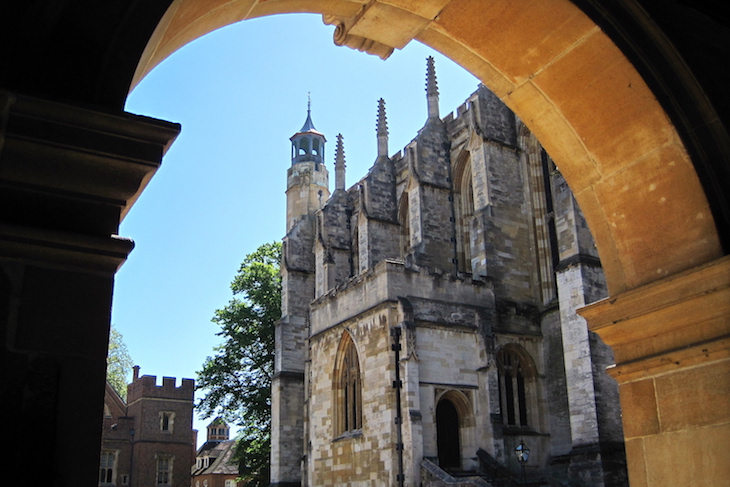
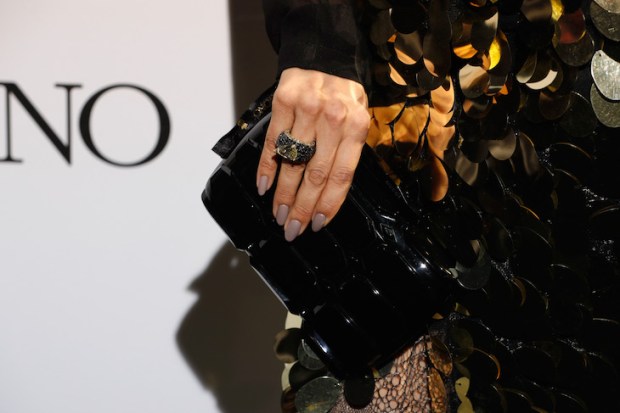
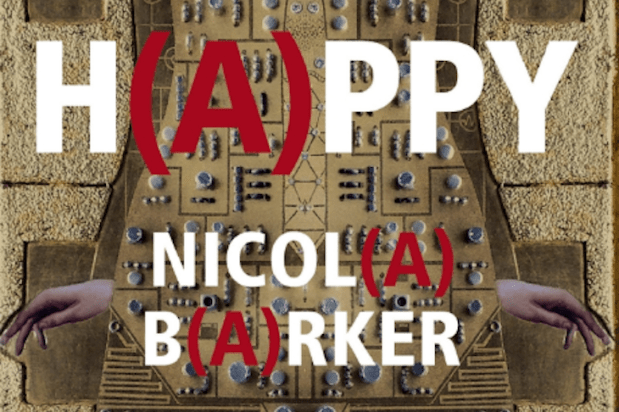
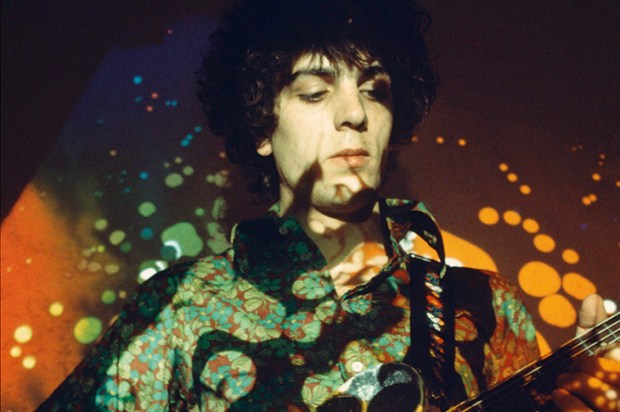

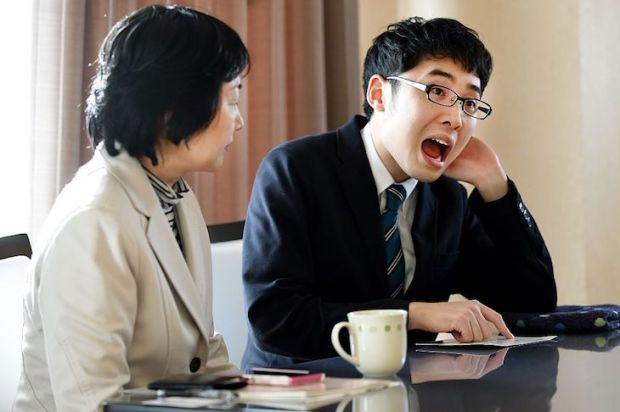







Comments
Don't miss out
Join the conversation with other Spectator Australia readers. Subscribe to leave a comment.
SUBSCRIBEAlready a subscriber? Log in